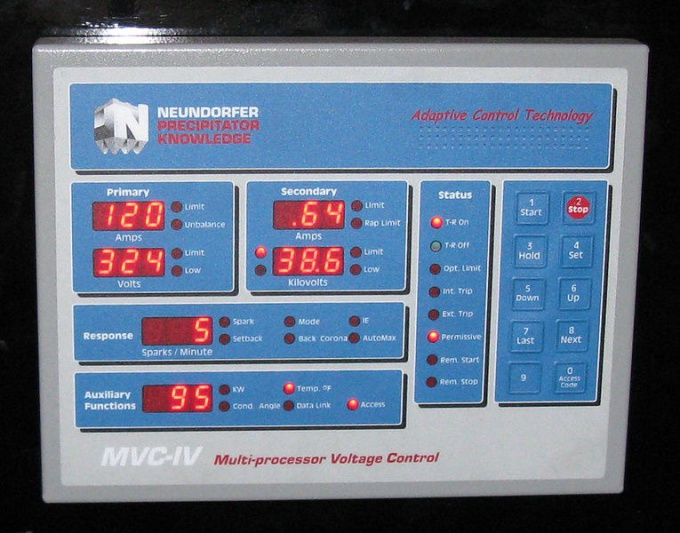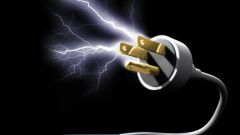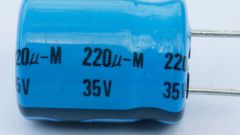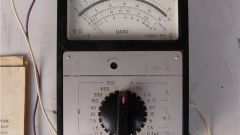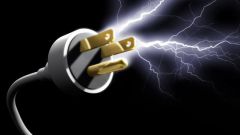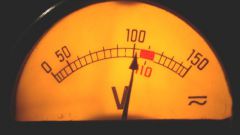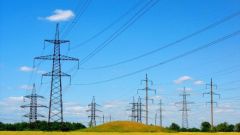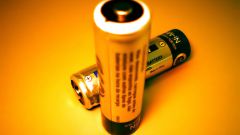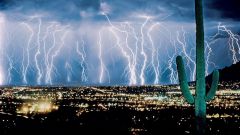Instruction
1
To explain what voltage is different from the current, resistance and power, you can use this analogy. Imagine a pipe, which is attached to a certain pressure of gas or liquid. This pressure - analogue voltage. From the pressure and the cross section of the pipe will depend on the amount of substance passing through a pipe per unit time. Here a section of pipe - the analog of resistance, and the amount of substance passing through a pipe per unit time is equivalent to that of current. At the same time, the trumpet will be allocated in the form of heat a certain power due to friction. This is the analogue of the thermal power released on the current-carrying conductor.
2
The voltage is measured in volts. This unit of measurement named after the Italian scientist Alessandro Volta, the inventor of one of the types of electrochemical power sources. Called a thousand volts kV million volts - kV. A thousandth of a volt is called a millivolt, million - microvolts.
3
The voltage is constant and variable. In the second case, it periodically changes polarity with a certain frequency. The alternating voltage has two values: amplitude and current. The first characterizes the amplitude of oscillations and the second equivalent DC voltagethat would at the same load of the same power. The ratio between current amplitude and voltage values depends on its shape. Have a sinusoidal single-phase voltage peak value exceeds the valid number of times equal to the square root of two.
4
The concept of "dangerous voltage" is not correct. Danger effects of electricity on humans depend not on the voltage, and amperage. Another thing is that the skin has a certain resistance, and therefore dangerous current can occur at a certain voltage value. Skin of different people has a different resistance, it also depends on the mental and physical condition. Therefore, the threat threshold voltage may vary even in one and the same person. At a certain voltage, the leather breaks, and the power is applied much less resistance to subcutaneous layers, which is even more dangerous.
5
There is also electrical in addition to mechanical tension. It arises in structures in which externally applied mechanical forces. In addition, some constructions may occur at the stage of manufacture of the inner tension. If you make the object of a transparent material and placed between the two polarizers, it is possible to determine the presence of such stresses. And in a figurative sense voltagem is called the stress state of the human psyche.
